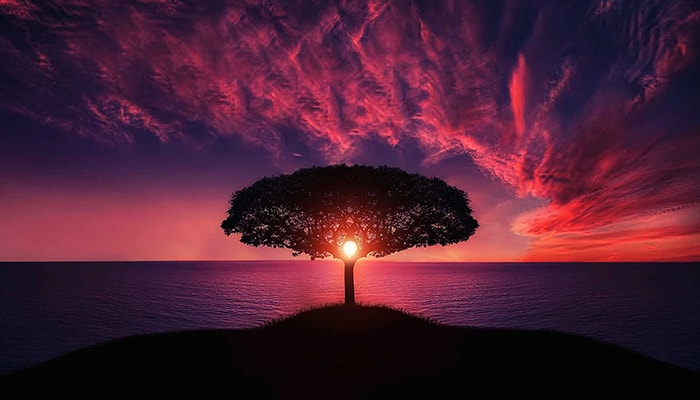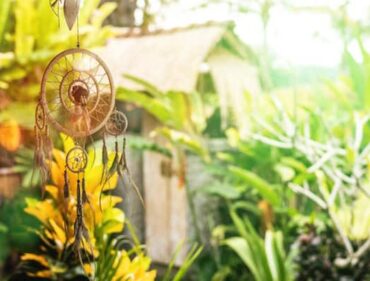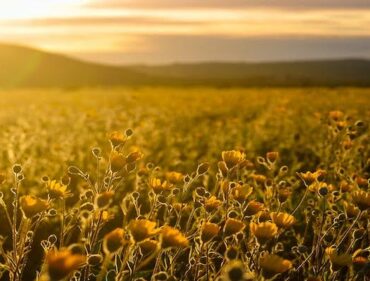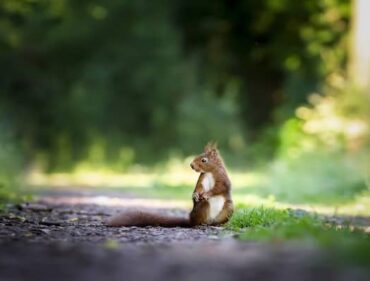Article: Art & Spirit: The Process of Creating
By Laura Chandler
In our bustling society, with advertisements bombarding us from every angle and art being sold to us by astute marketers who study our inclinations right down to what we search online, it’s hard to imagine a time in our consciousness when art was not a specialized field done by specialized people. Sure, you may dabble, but when did you start thinking you weren’t good at something, or worse, you were not “good enough?” Perhaps the more pressing question is when did artistry become something that you admired in other people such that it caused you to doubt your own abilities? If you can remember that time, then you are remembering a very important moment in your history when you turned away from yourself and inadvertently obscured your relationship to that larger essence of interconnectivity, cutting yourself off from something precious and regenerative.
Our culture has become focused on the external measure of art, rather than the internal process of connectivity. There is some focus on the creative process, but largely it stays in the rational realms. Sometimes you hear a musical artist thank God, but it’s hard to know if they are thanking God for their success or their inspiration. When I was a young songwriter, I found myself on stage with some very accomplished songwriters, among them were Livingston Taylor (James’s older brother), Artie and Happy Traum, Alix Dobkin, and Eric Anderson. When introducing his first song, Eric said that he appreciated that this song came through him, because he knew it could choose to come in through someone else. That got me thinking. Artists are not simply talented people who got lucky at birth. They are people tuning into something. They are not the only ones capable of tuning into it. In fact, anyone can tune into it. It’s just that the job of the artist is to maintain the channel and hone the skill of their craft so that what is trying to come in can come in clearly. Or, as Eric pointed out, it will find another way to manifest.
For me, the process of creating is the most healing and most gratifying aspect of being an artist. The very engagement in the process is the personal reward. The final product is a bonus, but it is no longer mine once it has come through and is put out into the world. It is mine in the sense that I own the copyright, but I do not control how people engage with it, or what experience they have to it. It is meant to be of benefit to others. And it is this process of creating, of channeling, of connecting to something larger than one’s self, that is the key to art. Great art necessarily comes from this place. There are many ancient cultures, and perhaps even some still around today, that do not even have a word for “art”. That’s because art is alive. It is something that you do, not something that you produce. It is celebration. It is life itself.
In her collection of essays, Art Objects, Jeanette Winterson, states, “Art is not documentary. It may incidentally serve that function in its own way, but its true effort is to open to us dimensions of the spirit and of the self that normally is smothered under the weight of living.” And that’s the point, really, to expand beyond this weight. What the artist does is give life to their work. The more skilled the artist is, the more resonant his work will be to people. There is no way to measure it, though we try to find words and rules and systems for this measurement. In the end, the only true measure is in how that work affects the person experiencing it. While it may evoke more powerful reaction from one person than another, there is usually an overarching sense that there is something to this work, like it or not.
This is the inexplicable magic that the artist imbues to the work. It is alchemical in a way. It is the artist harnessing the energy of an emotion and literally empowering the work with that emotion. Similarly, when a shaman blows the spirit of a god into a sacred object, they are not just going through the motions of some ritual they don’t fully understand or repeating words that have lost their meaning. Words and ritual live and breathe and must be engaged in passionately, not passively. The same is true of art.
I remember walking into a very small room of Degas paintings at the Musée d’Orsay in Paris. The room was just off a much larger exhibit of Van Gogh’s work. When I entered that small 8×12 room, I was overwhelmed by such strong emotion that I literally began to cry and had to leave the room for a moment. When I went back in I realized the room was resonating with an immense feeling coming from those paintings. This energy is the ineffable quality that allows a work to speak to us many hundreds of years after the creator has ceased to exist. This is why one person can write a sentence and have it fall flat and another person can write the same sentence and have it jump off the page.
It is this ability of the artist to empower a work with feeling, be it a poem, dance, sculpture, or photograph that allows others to recognize some aspect of their own experience. The artist holds open the door for us, but it is important that the entryway be free of ego and other elements that might pollute it, because ultimately artists are not pointing to themselves, but to a way for others to open, and connect, and engage in the process themselves.
In essence, the artist is pointing to the artist in all of us. They are reminding us that life is a perpetual engagement with creative forces and everything we do is a reflection of this force. We do not have to be recognized for our work or the best at what we do, we just need to be aware of this place in us and attune ourselves to it. Then whatever we do will be infused with this creative element and we will be in the flow of it, which is actually our natural state as human beings. Whether it’s creating a marketing plan, making dinner, organizing your garage, or painting a masterpiece, the connection to this flow is key. The first step to becoming aware of and increasing our engagement with this flow is to find any places where we have blocked ourselves from it. So, if you could go back in time to that first moment when you told yourself, or someone else told you, that you were no good, what would you say now? That is the place to start.
Editors’ note: Laura Chandler is a writer, poet, and award-winning songwriter. She has worked in publishing, music and video production, as well as alternative therapy. She has written numerous articles and contributed to the book, Coming to Peace, by Isa Gucciardi. Her music has been featured in film, television, and on commercial radio. Laura is the co-founder and Executive Director of the Foundation of the Sacred Stream and is lead teacher for many of its classes. She will be teaching the Art & Spirit workshop in San Francisco on April 13.
LIKE THIS ARTICLE? SIGN UP FOR FREE UPDATES!



